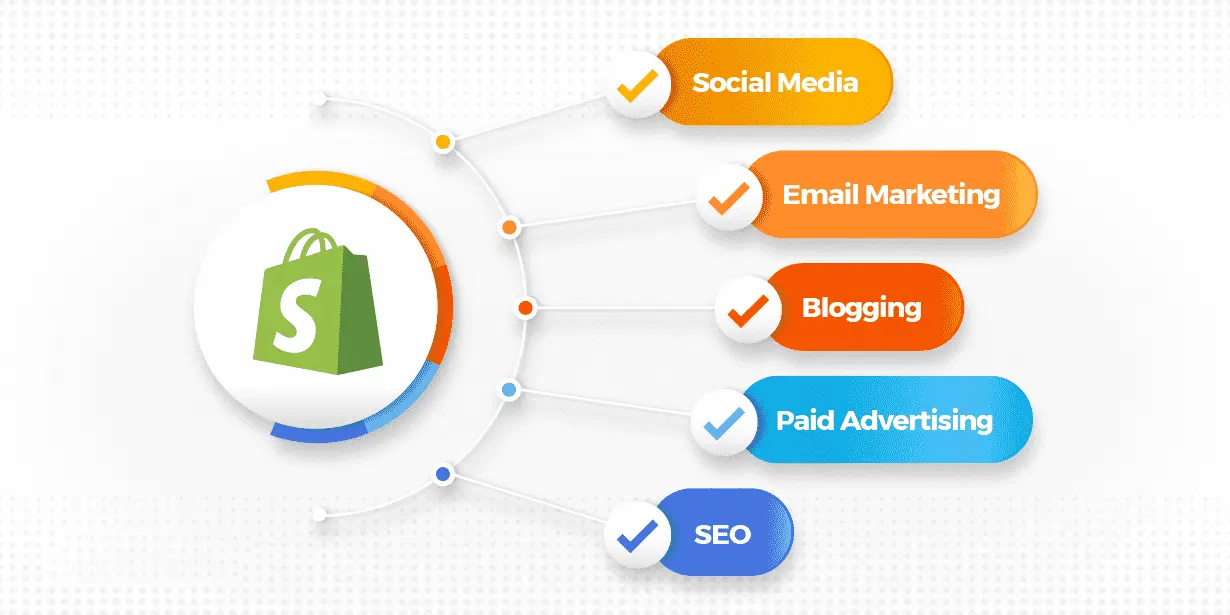It is more important than ever to build a distinctive and memorable brand in the fast paced market of today. However, what does it take to create a branding strategy that is both captivating and long-lasting? A solid branding strategy is a road plan that outlines how your company communicates its beliefs, connects with its target market, and expands sustainably. It goes beyond simple logos and taglines. Here, we go over the essential procedures for creating a branding strategy that can guarantee ongoing success.

Content
1. Clearly state your brand’s mission and vision.
Ask yourself, “Why is my business standing here?” before you begin building a brand.
Every brand has a goal or vision. This is about the core “why” of your company, not about making money. A brand that connects with its audience emotionally and on a deeper level is said to be purpose-driven.
Your brand’s purpose outlines the difference you want to create in the world. It is the compass that directs all of your choices.
What effects will it have on your industry and customers? A compelling vision statement gives your brand’s journey focus and motivation.
2. Determine Who Your Target Market Is
You must first identify your audience to establish a connection with them.
Understanding your target market’s wants, interests, and pain concerns is just as important as knowing their demographics. With this knowledge, you can develop a brand that appeals to them and makes them feel important.
Perform Audience Research: Customer feedback, social media listening, and surveys are excellent methods to learn about the values and habits of your audience.
Assemble Buyer Personas: Personas are in-depth descriptions of particular target groups that assist you in customizing your marketing and messaging.
Keep in mind that a clearly defined target group serves as a guide to conveying the correct message to the right people, increasing the relevance and attraction of your brand.
3. Determine the Unique Value Proposition (UVP) of Your Brand Why should clients pick you over other companies?
A powerful UVP draws attention to the unique selling points of your company. It’s the assurance of worth that you alone can provide. Your UVP ought to be succinct, understandable, and concentrated on the special advantages you provide to clients.
Emphasize Your Strengths: Think about what your brand excels at and how it can benefit your clients.
Pay Attention to Customer Needs: A strong UVP addresses the main issues or wants of your audience and demonstrates how your company can help them get the answers they need. Your messaging will be supported by the UVP, which will make your brand distinctive and help you stand out in an increasingly competitive marketplace.
4. Develop Your Brand’s Voice and Style: Customers will relate to and experience your brand based on its voice and personality.
Brand Style: Establishing a unified and memorable brand identity requires defining a consistent identity and tone of voice. Regardless of whether your brand is authoritative, professional, humorous, or entertaining, your style of conduct must complement your target market and mission.
Think about the human qualities you would like people to identify with your brand. Would it be amiable, daring, or trustworthy?
Brand Voice: This is the conversing style of your brand. Ensure that it is consistent throughout all platforms, including emails, websites, and social media.
5. Create a Visual Identity
The personality and values of your brand are reinforced by a powerful visual identity. Your desired feelings should be reflected in your logo, color scheme, typeface, and imagery. In addition to increasing brand recognition, a polished and unified design also boosts credibility.
Logo Design: Your brand’s basic ideals should be reflected in a simple, distinctive logo. Color Palette: Colors elicit associations and feelings. For example, green is connected to nature or well-being, but blue frequently signifies trust.
Typography: Bold typefaces for a strong brand or elegant fonts for a luxury brand can both express the essence of your company.
Many people form their initial impression of your company based on its visual identity, so it’s important to invest time and money to get it properly.
6. Establish Reliable Brand Communication
Your messaging must attract your audience by conveying your brand’s identity, UVP, and values.
Maintaining your branding consistency across many platforms and touch points may be achieved by creating a tagline, brand narrative, and core messaging.
Tagline: A catchy statement that encapsulates the essence of your company.
Brand Story: Talk about your experiences, setbacks, and victories. Your brand becomes relatable because of this personal connection.
The main elements you want your audience to take away from your speech are known as your key messages. They ought to be in line with the goals, values, and vision of your company. Over time, a unified and powerful brand image may be developed by using consistent messaging to assist your audience in remembering your brand.
7. Put Your Brand Strategy Into Action and Track It
It’s time to implement your branding strategy when it has been established.
Extending your brand to every consumer touch point—including your website, social media accounts, email marketing, and even customer support correspondence—is part of this. Maintaining consistency is essential; every encounter should represent the essence of your brand.
Monitor the Performance of Your Brand: To determine the performance of your brand, use indicators like customer loyalty, engagement, and brand recognition.
Adapt as required: The process of branding is continuous. Review and adjust your plan on a regular basis in light of performance information and comments.
As your company expands and the market shifts, it is important to keep an eye on and improve your branding strategy to make sure it is effective and relevant.
8. Encourage Brand Loyalty via Customer Service
Retaining existing clients is just as important to a successful company as acquiring new ones. Providing a consistent and satisfying customer experience fosters brand advocacy and additional purchases from one-time purchasers.
Make customer service your first priority. Prompt and efficient customer service can improve the customer experience and represent your brand favorably.
Interact with Your Viewers: Reacting to reviews, emails, and comments demonstrates your concern for your clients.
Reward Loyalty: Customers feel appreciated with personalized messaging, exclusive discounts, and loyalty programs.
By emphasizing the customer experience, you’re fostering word-of-mouth advertising and loyalty, both of which can significantly influence your brand’s growth.
In conclusion:
A thorough grasp of your brand’s target market, mission, and distinctive advantages is necessary to develop an effective branding strategy. You can create a brand that connects with your audience and endures over time by adhering to these steps, which include establishing your brand’s personality and purpose, applying consistent messaging, and cultivating consumer loyalty. Recall that an effective branding strategy is a dynamic framework that changes as your company and the needs of the market do. Adopt these strategies and observe how your brand develops, captures attention, and maintains success over time.
This is where your brand’s success begins. Get in touch with us to find out more about successful branding tactics.

A business blog writer at the age of 19, Francis is a jack-of-all trades when it comes to writing. He specializes in content creation for businesses and blogs. With years of experience under his belt, he’s able to provide both written and video content that will engage readers and viewers alike!











